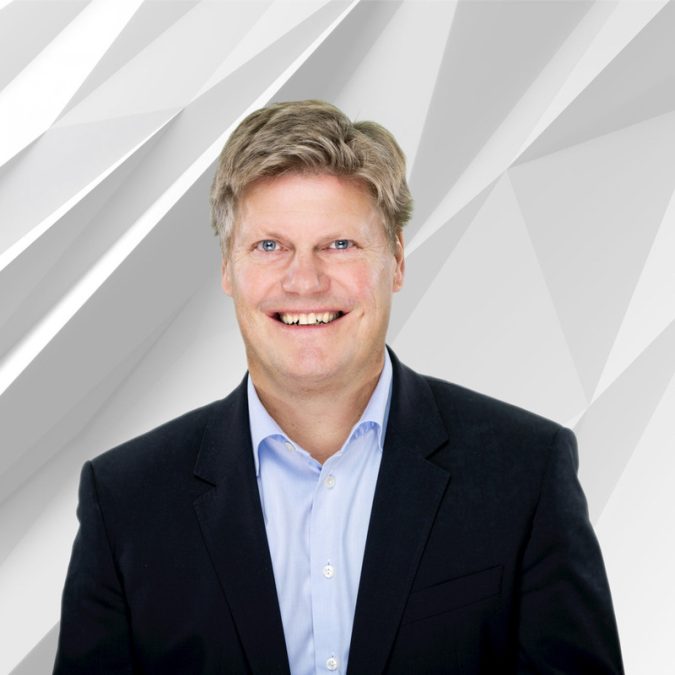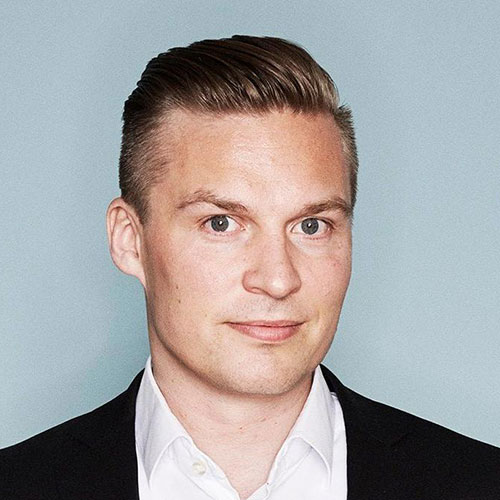The GCC region is making substantial investments in renewable energy, especially solar power, positioning itself as a leader in photovoltaic and concentrated solar projects.
Now, the region is turning its attention to newer innovations, including hydrogen production, small modular reactors (SMRs), and compact nuclear power generators. These technologies offer promising alternatives for reducing carbon emissions while ensuring energy security and economic growth.
According to Mogens Holm, Partner & Associate Director at BCG, these technologies aren’t competing but are complementary.
In the GCC, the approach is to combine gas-based and power-based low-carbon technologies, creating a balanced energy portfolio that capitalizes on each solution’s unique strengths. This strategy ensures a more sustainable energy future that aligns with global climate commitments and contributes to the GCC’s economic diversification goals.
Per Erik Holsten, the President of ABB Energy Industries, echoes this inclusive approach by emphasizing the need for multiple solutions. “No one solution is objectively better than another. The energy transition must be an “and,” not an “or,” equation, integrating renewables like green hydrogen, solar, and wind while enhancing existing energy sources,” he told TRENDS.

“The energy transition is a challenge and an opportunity. Delivering it is certain, but we must prioritize progress over perfection to diversify our energy mix and meet growing demand. We need to consider all the available options, focusing on net additions and implementing the best solutions for each region,” Holsten added.
Hydrogen’s role
Hydrogen, especially low-carbon hydrogen, is becoming indispensable in sectors where reducing emissions is challenging.
Holm referred to hydrogen’s role in industries like refineries and ammonia production, where electrification isn’t viable. In these “hard-to-abate” sectors, hydrogen not only serves as a low-carbon option but is often the only feasible solution,” he said.
Holsten highlighted that low-carbon hydrogen, particularly green hydrogen, is essential to the energy transition as a carbon-free fuel and for energy storage and transport.
“Green hydrogen holds promise in hard-to-abate sectors like metals and cement, where full electrification is challenging,’ heexplained.
Key trends
Key green energy trends include advancements in gas-based and power-based hydrogen, and infrastructure development.
Holm stressed the growing focus on methane pyrolysis, which produces solid carbon (carbon black) instead of CO2, as ideal for MENA regions with limited carbon capture capabilities, like western Saudi Arabia.
Additionally, researchers are developing liquid organic hydrogen carriers to transport hydrogen in chemical media, including derivatives like ammonia and methanol, enabling a global hydrogen supply.
The power-based electrolyzers are evolving rapidly, with high-temperature SOECs offering advantages for integration in industries like refineries and steel plants.
Infrastructure-First strategy
A critical component of advancing clean energy in the GCC is establishing infrastructure that supports these technologies.
Holm mentioned Oman’s approach, prioritizing infrastructure to reduce project costs and make renewable energy more scalable. This model served as a blueprint across the GCC for cost-effective, sustainable energy expansion.

“Another critical aspect of the infrastructure is the export system, particularly in how ports manage and facilitate it. For instance, Abu Dhabi Ports is making significant investments to position itself as an export hub, exploring ways to streamline hydrogen and green energy exports,” Holm said.
According to him, similar initiatives are emerging across the MENA region as other players aim to strengthen their roles as global energy exporters.
Holsten underlined that a stable policy environment is essential to facilitate these large-scale clean energy initiatives. “Policymakers need to set a stable environment for businesses and investors to operate within, as policy certainty is key to advancing low-carbon solutions like hydrogen,” he said.
Each country will have unique regulatory needs, but a stable framework can foster collaboration and investment.
Economic benefits
The energy transition brings significant economic benefits, not only in technology but also in job creation and workforce development.
Estimates suggest that by 2050, decarbonization and green industrial growth in the region could create up to 10 million jobs, offering vast opportunities to both upskill current energy workers and attract new talent.
Holsten highlighted ABB’s commitment to supporting local talent in the UAE through its In-Country Value program, which provides young Emiratis with training on advanced technologies in the Abu Dhabi Learning Zone and offers long-term career pathways.
“Enabling the next generation of talent to join the workforce through education and training programs is critical,” Holsten stated, referencing ABB’s carbon capture pilot partnership with Imperial College London, where over 4,500 students have gained hands-on experience with tools crucial for the energy transition.
AI integration
The integration of digital solutions like artificial intelligence (AI) further enhances the efficiency and profitability of clean energy projects.
Holm highlighted that over the past three years, BCG has advanced free AI tools to support developers, especially in the MENA region, optimizing over 20 gigawatts of the P2X space project’s development.
This AI integration enhances project returns, with AI-driven models typically improving the internal rate of return by 10% to 20%—a notable impact that showcases the value of AI in making clean energy projects more financially viable.
The path forward
From Saudi Arabia’s Vision 2030 to the UAE’s National Energy Strategy 2050, GCC countries are laying a strong foundation for sustainable economic growth through a diversified energy portfolio.
Holsten underscored the importance of a diverse energy mix, stating, “All these technologies have a role to play in the energy transition over the next decade. Each technology has its own advantages, with some being more suitable for certain regions than others. It’s crucial we don’t hyperfocus on a single solution but explore all opportunities available.”
Holm envisions a future where hydrogen and Power-to-X (P2X) solutions play a crucial role in balancing the MENA region’s renewable grid, especially as renewable energy increases.
Holsten suggested that with more renewables, P2X technologies can help manage grid intermittency and enable dynamic hydrogen production.
He predicted that the MENA region would develop industrial hubs that would combine renewables, hydrogen, and industrial manufacturing. These hubs would form ecosystems leveraging renewable energy, with hydrogen stabilizing the grid and powering industrial processes. This comprehensive model, he believed, is the future of energy and industry in MENA.







